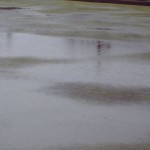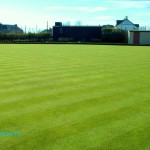With all of this snow I’ve been looking for excuses to sit close to the fire, but I was feeling guilty about not producing any benefit for my readers, so here is a short selection of resources and information I’ve found useful and interesting lately
Bowls World Blog
Although not brimming with content and not updated very regularly this blog has a couple of in depth articles that might be of interest; including a look at the bowls manufacturing process and some guidance on learning to bowl and improving your game. http://bowlsworldblog.blogspot.com/
Bowls World
The main site relating to the above blog has a wealth of products of interest to the bowler. http://www.bowlsworld.co.uk/
World Bowler
Good site with a quite a lively forum with bowlers contributing form all corners of the globe. http://www.worldbowler.com/
Julian Haines
A popular site with a very active forum with lots of interesting debate and opinion on all things bowls; check out the greenkeepers corner section. http://www.julianhainesbowls.co.uk/forum/
Bowls Club Info
This site claims to be the biggest list of lawn bowls links on the internet.
You’ll find links to bowls web sites from around the globe – from the smallest English country green to the largest aussie mega-club!
The site owner’s aims are to help promote all bowls club web sites by offering free inclusion in the links lists and to provide low-cost but professional looking web page hosting for bowls clubs. http://www.bowlsclub.info/


